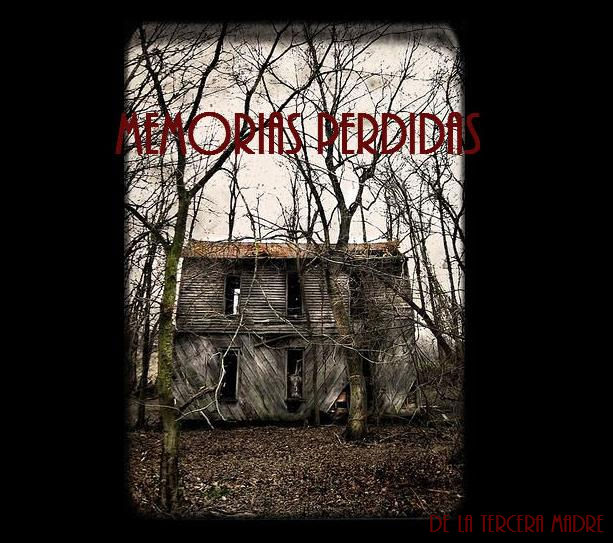Photographs by Nikolay Doychinov, AFP/Getty Images
The discovery of a 700-year-old skeleton in Bulgaria—seen at the country's National Museum of History in June—offers evidence that the fear of vampires is far older than Bram Stoker's Dracula.
The "vampire" was found entombed among church ruins in the Black Sea town of Sozopol (map)
earlier in the month. The skeleton had been stabbed in the chest with
an iron rod (upper right), which was in the tomb next to the body.
In
addition, the skeleton's teeth had been pulled. Scholars believe the
rod and tooth-pulling were techniques villagers used to prevent dead men
from turning into vampires.
The vampire obsession dates back millennia in countries across Europe.
"In
graves thousands of years old, skeletons have been found staked, tied
up, buried facedown, decapitated ... all well-attested ways of
preempting the [attacks] of wandering corpses," wrote former National
Geographic historian Mark Collins Jenkins in his bookVampire Forensics.
While
Bulgarians at the time had their own specific beliefs and rituals for
dealing with suspected vampires, Borrini said, the Bulgarian vampire of
the era did not differ widely from other conceptions across Europe.
"The
background was usually the same in all eastern Europe," Borrini said.
"The vampire was the same, and only some small differences could be in
the way in which it attacked humans and the exorcism useful to stop
him."
Although belief in vampires began to die out in Bulgaria and the
rest of Europe by the 19th century, Borrini said it's still significant
for archaeologists to uncover evidence of those beliefs.
"These discoveries, as well as mine in Venice,
are useful," Borrini said. "They are the evidence of a folkloric
tradition, and from them we can physically reconstruct the ancient
tradition, and fear, of a country."






No hay comentarios.:
Publicar un comentario